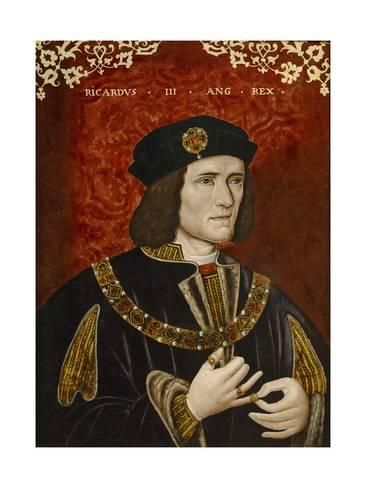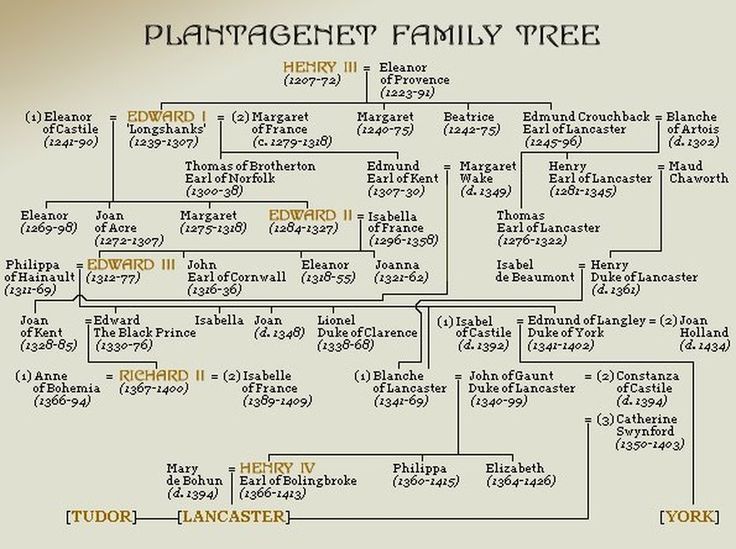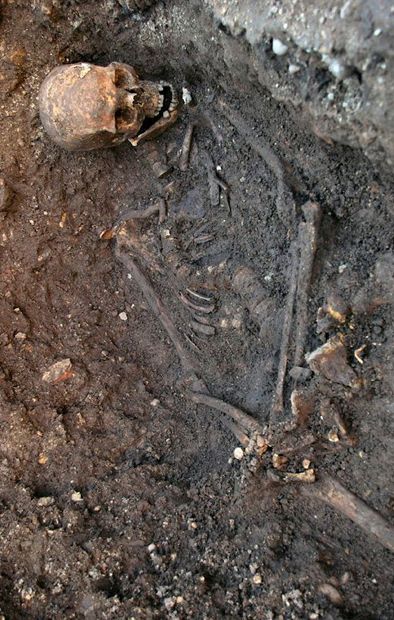Are there any Plantagenet descendants? You may be fascinated to know how many of the present-day Americans can actually trace back their ancestry to the royal lineage of King Henry II, the first-ever Plantagenet King of England.
The Plantagenet family tree ended with the death of Richard III, the last in the Plantagenet bloodline who died childless.
Professor Henry Schrürer, eminent historian and a genealogist did an extensive research work on the remnants of King Richard III at his burial site in Grey Friars.
Since Richard III did not have any direct descendant, the obvious choice was the next in line that is Richard’s sister Anne of York.
The team followed Anne of York’s family line and discovered one of the living relatives a fairly well-known Michael Ibsen. But unfortunately, the DNA results did not match. However, the discovery was noteworthy and there seemed to be more prospects in finding connections to the royal family.

Plantagenets in America
The Plantagenet dynasty ended with the death of Richard III at the battle of Bosworth Field in 1485 and marked the beginning of the Tudor rule.
Many of the direct living descendants of the Plantagenet Dynasty were not members of the court and immigrated to America.
The real reason for the Plantagenets moving to America is still unknown. However, during the 17th century, there was a great turmoil in England following the execution of Charles I. The emergence of the Civil War forced many prominent families with royal backgrounds to move to America in search of a better future.

Living Descendants of Plantagenet
According to Professor Schrürer, the Plantagenet’s male line of heir ended with the death of Richard III. However, research proves that the illegitimate living male line of the House of Plantagenets did not seize to exist.
The illegitimate line of the House of Plantagenets is represented by David Somerset, 11th Duke of Beaufort.
The Beaufort family history dates back to King Edward III and his third son John of Gaunt, the 1st Duke of Lancaster.
After the death of his first wife, John of Gaunt became romantically involved with Katherine who was the governess of his daughters.
They had four children, all born out of wedlock. However, after two years John got married to Katherine and in 1397 by the issue of a Papal Bull, all his children were legitimized but were later barred from succession to the throne.
The family line of John Gaunt and Katherine took the surname of Beaufort. The couple’s eldest son John Beaufort who was the Duke of Somerset died without a male heir. So inevitably, the succession went to the younger brother Edmund Beaufort, 2nd Duke of Somerset.
Unfortunately, both of Edmund’s sons Henry Beaufort, the 3rd Duke of Somerset and Edmund Beaufort, the 4th Duke of Somerset died without a legitimate male heir.
However, Henry Beaufort, the 3rd Duke of Somerset had an illegitimate son Charles and he became the 1st Earl of Worcester and Lord Chamberlain to the House of Henry VIII of England.
Hence the family line continued with Henry Somerset the grandson of 4th Earl of Worcester. Henry Somerset was made the 1st Duke of Beaufort by King Charles II of England in 1682.
The family tree continues today with the 11th Duke of Beaufort, His Grace, David Somerset, the legitimized successor of the Plantagenet Dynasty.
King Richard III’s closest surviving descendants are Wendy Duldig and Michael Ibsen, the 14th cousins who belonged to the family line of Anne of York.

Plantagenet Facial Features
Richard’s remains excavated from underneath a car park at Leicester suggests the possible curvature and shape of his body.
The skeletal remains showed that one shoulder is slightly higher than the other which matches Richard’s description.
DNA samples for hair and eye color were also tested. The results suggested that it might have a blue color contemporary to the color of the eyes of Richard III as shown in his earlier paintings. The hair samples, however, denoted that the person had blonde hair.
The hair color was contradicted with Richard III’s description. However, scientists believed that the DNA might have been related to childhood hair which darkens during adolescence.
